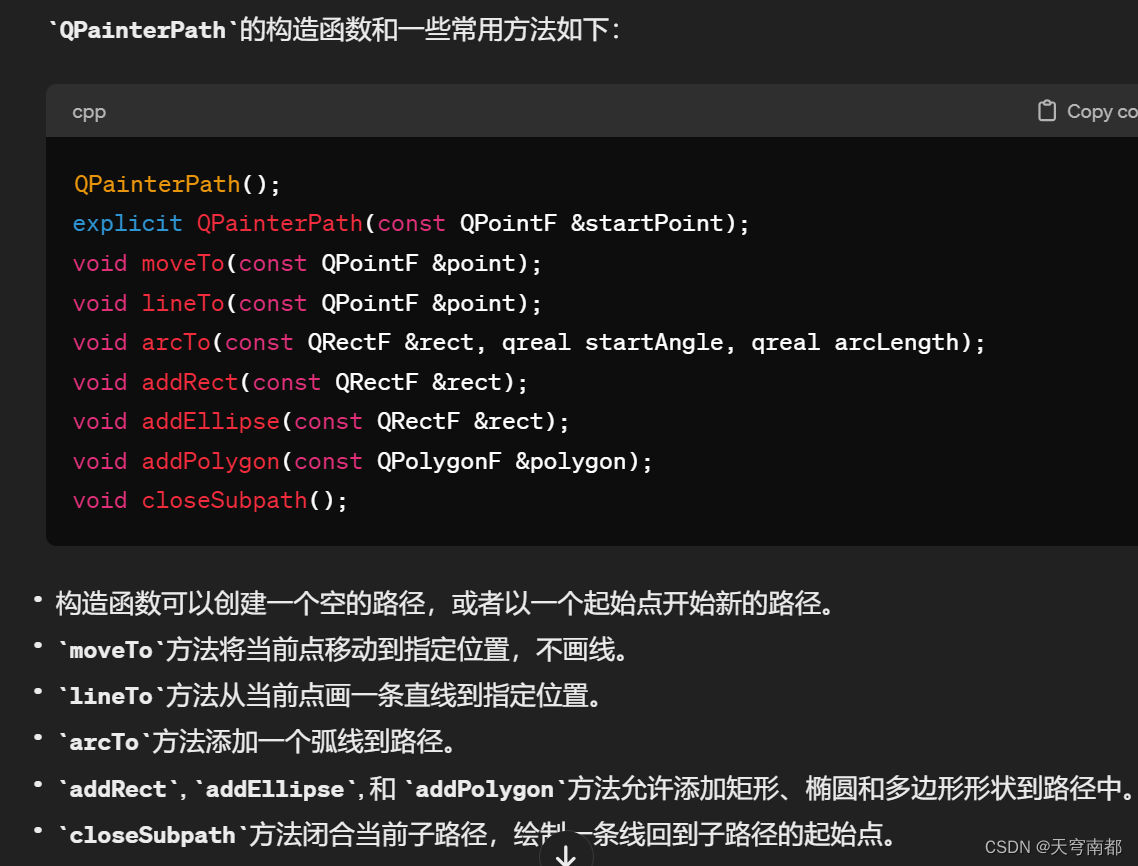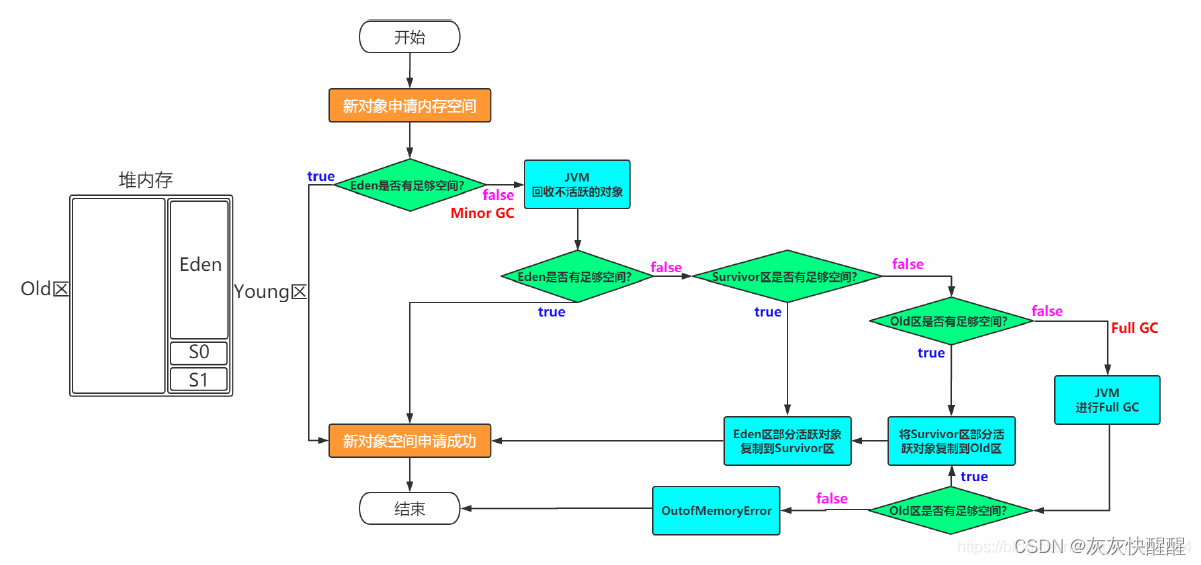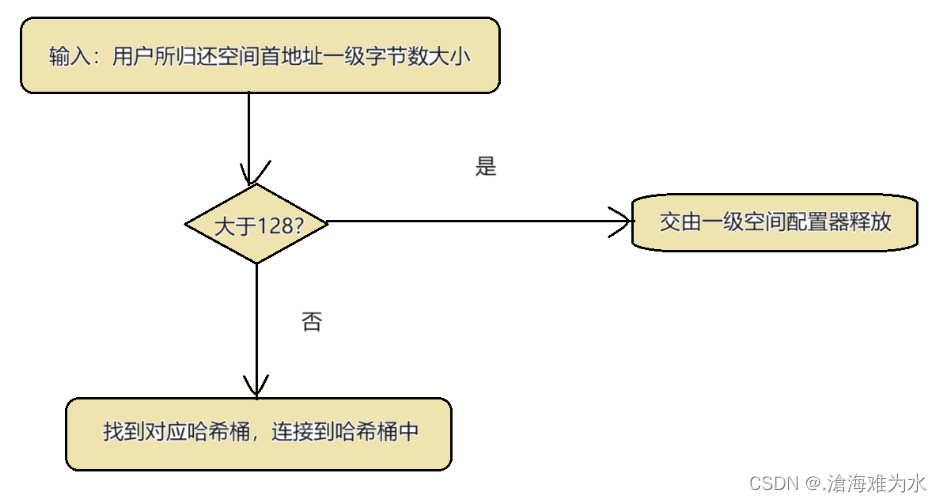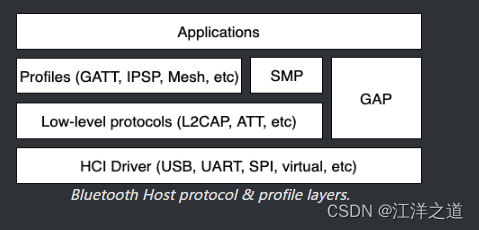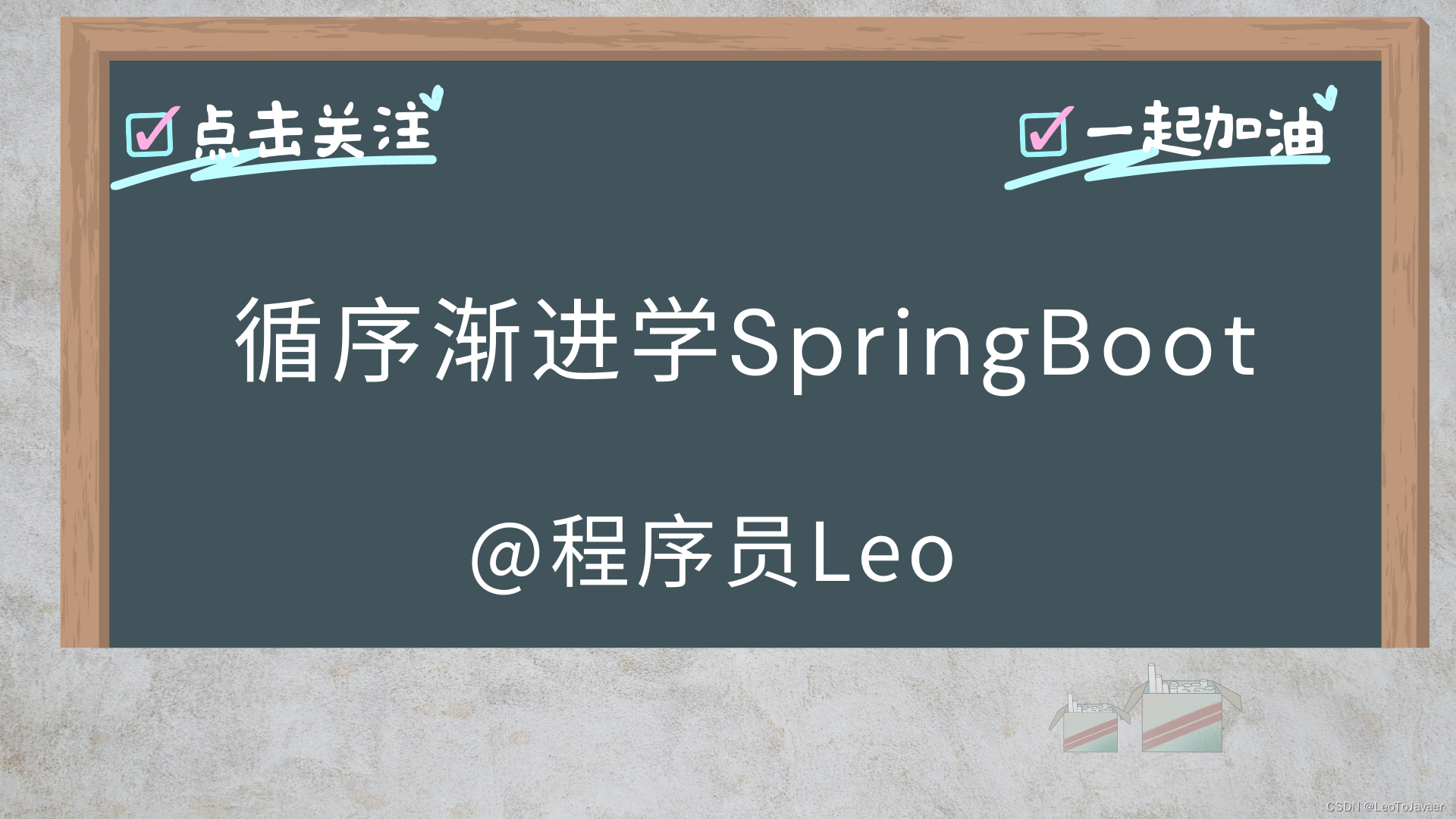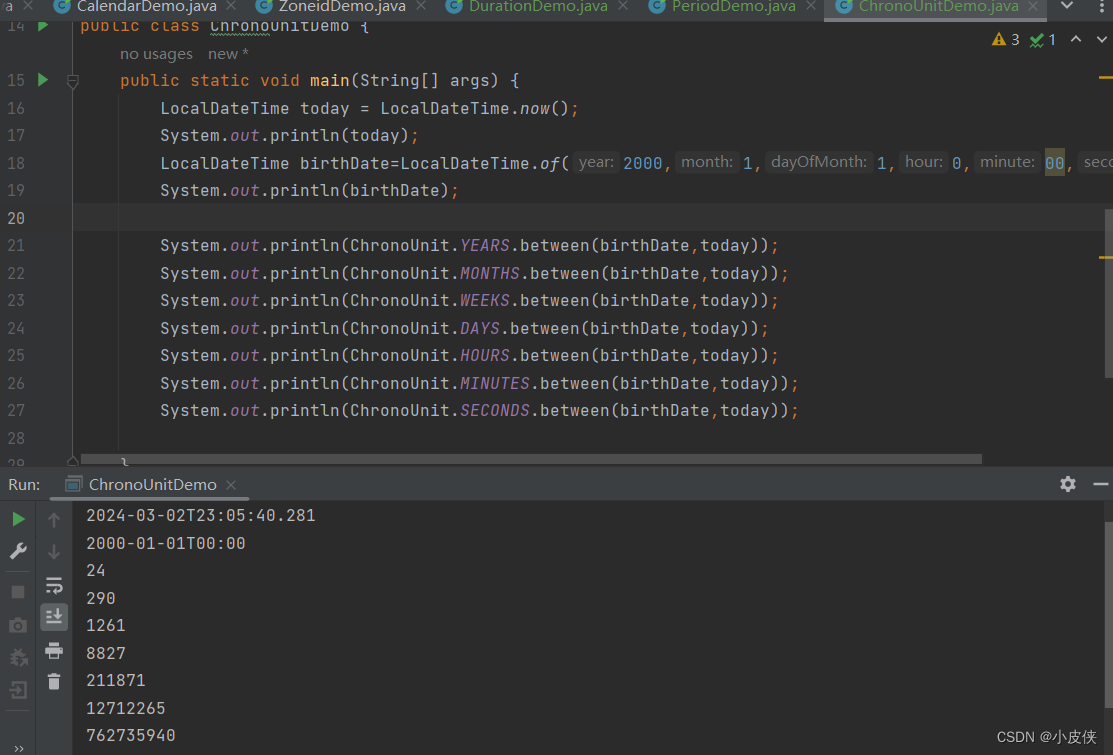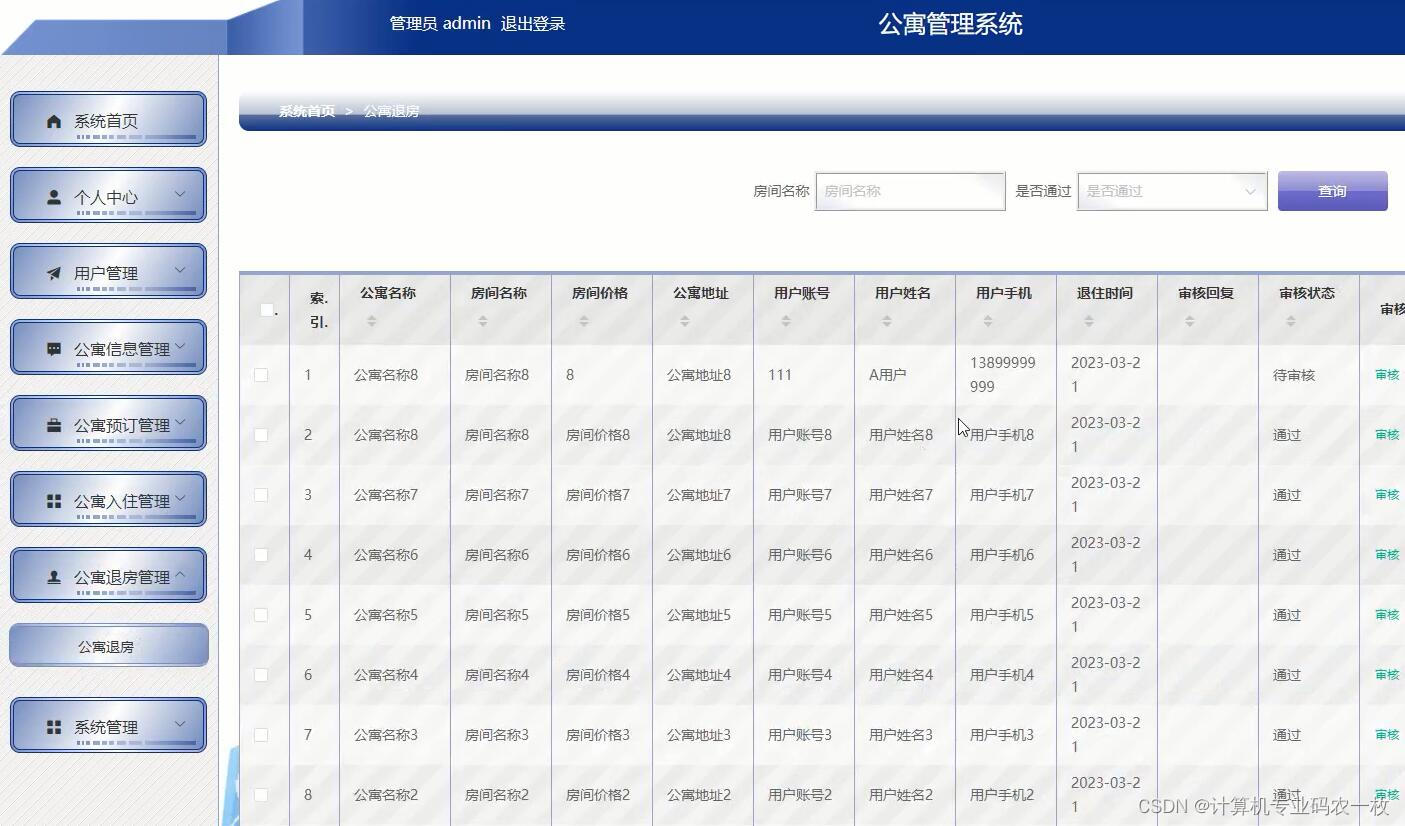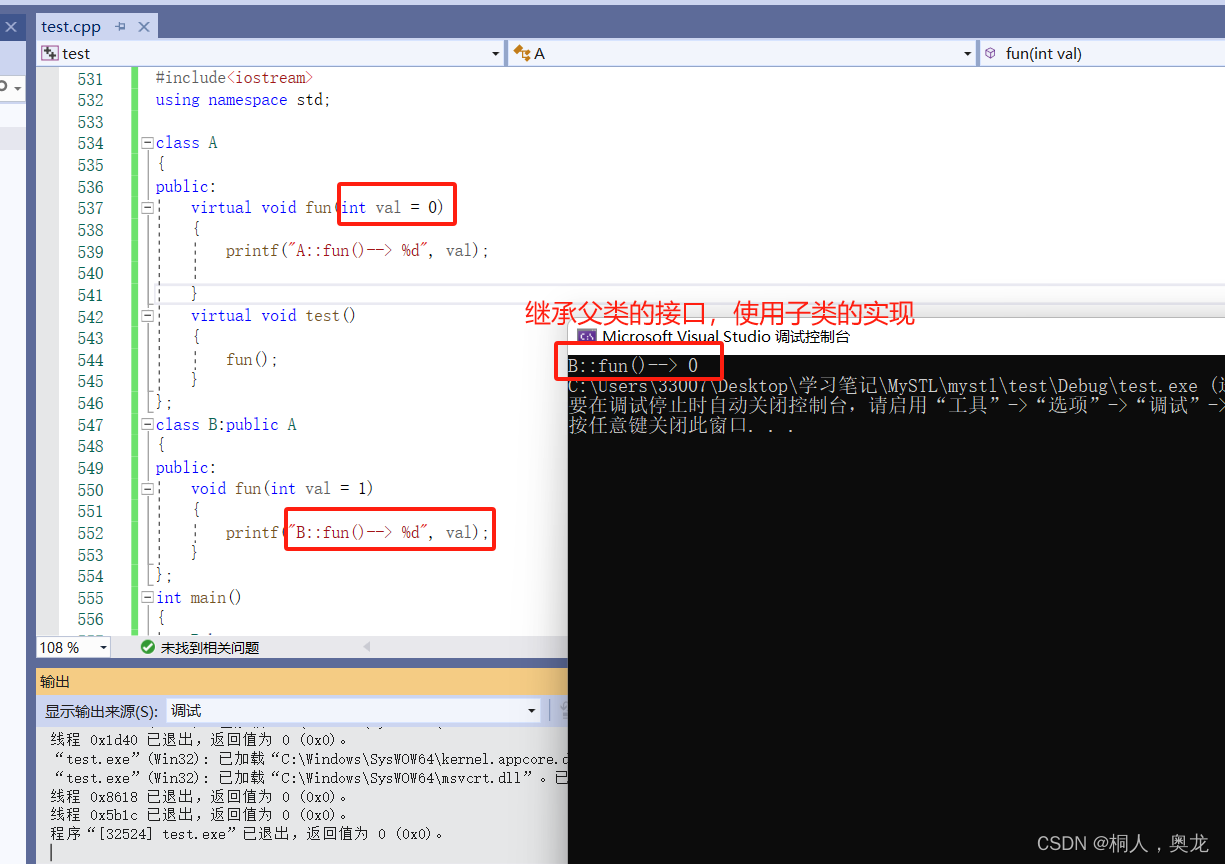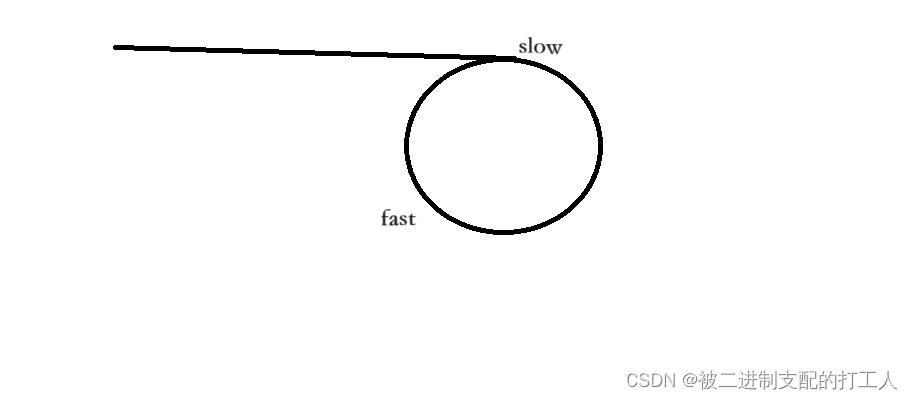一、InboundHandler 和OutboundHandler的区别
在Netty中,"inbound"表示来自外部来源(如网络连接)的数据,而"outbound"则表示从应用程序发送到外部目标(如网络连接或其他服务)的数据。
"Inbound"主要涉及应用程序接收和处理外部数据的过程。这包括从网络连接读取数据、解码处理数据、执行业务逻辑等操作。例如,在一个服务器应用程序中,inbound操作可能涉及监听和接受客户端连接,读取客户端发送的请求数据,并将其转发给适当的处理程序进行处理。inbound监听的事件如下:
- channelRegistered/channelUnregistered
- channelActive/channelInactive
- channelRead
- channelReadComplete
- channelWritabilityChanged
- userEventTriggered
- exceptionCaught
"Outbound"主要涉及应用程序发送数据到外部目标的过程。这包括将数据编码为网络传输的格式、通过网络连接发送数据、处理发送的数据等操作。例如,在一个客户端应用程序中,outbound操作可能涉及将请求数据编码为适当的传输协议,通过网络连接发送给服务器,并等待响应数据。outbound监听的事件如下:
- bind
- connect
- disconnect
- close
- deregister
- read
- write
- flush
Netty的Pipeline采用责任链设计模式,责任链的每个节点是ChannelHandlerContext,通过prev和next节点实现双向链表。ChannelHandlerContext对象封装了ChannelHandler对象。Pipeline的首尾节点分别是io.netty.channel.DefaultChannelPipeline.HeadContext和io.netty.channel.DefaultChannelPipeline.TailContext。
Pipeline在分发事件的时候,会根据事件类型选择合适的handler(Inbound/Outbound本身会通用掩码位注册监听的事件类型),可参考 《Netty之ChannelHandlerMask详解》
总结:
- InboundHandler处理从网络接收的数据,负责解析和处理输入数据。
- OutboundHandler处理向网络发送的数据,负责封装和处理输出数据。
- InboundHandler和OutboundHandler在处理数据的方向上有所区别,但它们通常一起使用,通过ChannelPipeline连接在一起,形成一个完整的数据处理链。
二、客户端消息在handler的流向
我们通过简单的例子来说明
2.1注册一个简单的Netty服务器
import io.netty.bootstrap.ServerBootstrap;
import io.netty.channel.*;
import io.netty.channel.nio.NioEventLoopGroup;
import io.netty.channel.socket.SocketChannel;
import io.netty.channel.socket.nio.NioServerSocketChannel;
public class EchoServer {
private int port;
public EchoServer(int port) {
this.port = port;
}
public void start() throws Exception{
EventLoopGroup boss = new NioEventLoopGroup();
EventLoopGroup worker = new NioEventLoopGroup();
ServerBootstrap bootstrap = new ServerBootstrap();
bootstrap.group(boss, worker)
.channel(NioServerSocketChannel.class)
.childHandler(new ChannelInitializer<SocketChannel>() {
@Override
protected void initChannel(SocketChannel socketChannel) throws Exception {
ChannelPipeline pipeline = socketChannel.pipeline();
for (int i = 0; i < 3; i++) {
pipeline.addLast(new InboundHandler(i + 1));
}
for (int i = 0; i < 3; i++) {
pipeline.addLast(new OutboundHandler(i + 1));
}
System.out.println("handler注册顺序:");
pipeline.names().forEach(x -> {
System.out.println("handler:" + x);
});
}
})
.option(ChannelOption.SO_BACKLOG,100000)
.childOption(ChannelOption.SO_KEEPALIVE,true);
bootstrap.bind(port).sync();
System.out.println("服务启动,监听端口@"+port);
}
public static void main(String[] args) throws Exception {
new EchoServer(8001).start();
}
static class InboundHandler extends ChannelInboundHandlerAdapter {
private int index;
public InboundHandler(int index) {
this.index = index;
}
@Override
public void channelRead(ChannelHandlerContext ctx, Object msg) throws Exception {
System.out.println("InboundChannel["+index+"]接收消息");
ctx.fireChannelRead(msg);
if (index == 3) {
ctx.channel().write("df");
}
}
}
static class OutboundHandler extends ChannelOutboundHandlerAdapter {
private int index;
public OutboundHandler(int index) {
this.index = index;
}
@Override
public void write(ChannelHandlerContext ctx, Object msg, ChannelPromise promise) throws Exception {
System.out.println("OutboundChannel["+index+"]发送消息");
ctx.write(msg, promise);
}
}
}在这个例子,启动一个简单的socket服务器,并依次注册了三个inboundhandler,三个outboundhandler。启动之后,通过简单的telnet命令,往socket发送数据
2.2使用telnet发送数据
使用windows自带的telnet,输入命令:telnet localhost 8001,然后随便输入一个字符
(部分系统需要通过按“Win+R”快捷键,打开“运行”对话框,输入“optionalfeatures”后按回车键;在打开的“Windows功能”窗口中,找到并勾选“Telnet客户端”)
2.3服务端响应
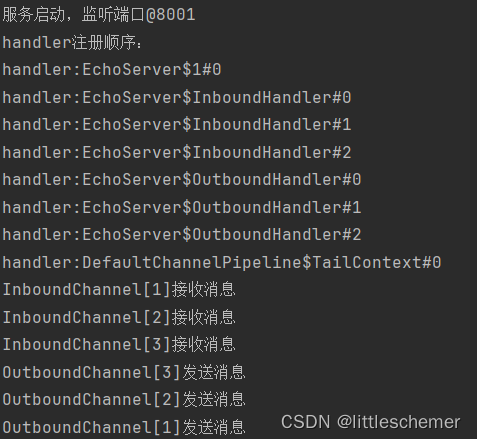
从这个例子,可以看出
InboundHandler是按照Pipleline的加载顺序,顺序执行;
而OutboundHandler是按照Pipleline的加载顺序,逆序执行。
需要注意的是,由于pipeline采取的是责任链方式,在任何一个节点,如果没有把事件往下传,事件就会在本节点终止。
public void channelRead(ChannelHandlerContext ctx, Object msg) throws Exception {
System.out.println("InboundChannel["+index+"]接收消息");
ctx.fireChannelRead(msg); //注释次代码,则事件不会往下个handler传递数据
}
